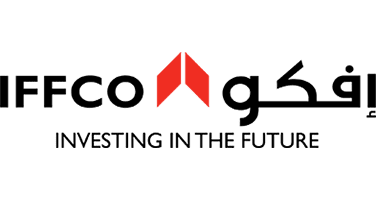Overview
Right from machines, media, management, marketing, and sales, FMCG companies are one of the rapidly-growing industries worldwide. The FMCG sector has been witnessing a noteworthy growth through the technological shift and has succeeded to meet the adapting needs of consumers.
The ubiquity of mobile commerce and social media has fundamentally changed the way consumers interact with FMCG enterprises. Adopting direct to consumer strategy has become the need of the hour for FMCG enterprises who want to enhance customer engagement and brand loyalty. No industry is required to be as agile as FMCG. With the market flooded with competing product mixes vying for customer attention and loyalty, it has become increasingly pertinent for FMCG companies to have a dynamic plan which can react quickly to changing consumption patterns.


FMCG and Trade Management
Trade spending averages between 15 and 20 percent of sales for CPG companies, and is fast approaching a $200 billion conundrum…per year
- Trade Promotion Management is a challenge faced by most FMCG companies around the globe.
- Gartner believes that technologies related to managing trade promotions have never been more relevant, as the average revenue expended by manufacturers for promotions now exceeds 15%.
- More and more companies are leaving spreadsheets for automated technologies, while others are adding promotion optimization capabilities. Historically, there have been many solutions to trade promotion management.
- Commonly, companies use their accounting systems or spreadsheets, but as the complexity of trade increases, software solutions have been developed and implemented to fill the needs of companies in various industries including consumer goods, food manufacturing, food service, and others.

Bluerose implemented a comprehensive Trade Management system for IFFCO by leveraging the existing investments made into certain key technologies like Siebel, SAP/ESB, HANA, Demantra, etc.
Trade Management – Key Challenges
BRT’s Trade Management Solution
Five Pillars of Success
Trade Spend Efficiency
- Promotion Verification
- Easy Access to Historical Promotions
- Graphical Promotion Calendar
- Promotion Pre-Post Profitability Analysis
- Account Profitability Analysis
- What-If Scenario Planning
Sales Forecast Accuracy
- Baseline/ Incremental
- Forecasting Methodology
- Multi-level Volume Planning
- Customer-Centric Business Planning
- Easy Access to Historical Comparable Promotions
Financial Reporting Accuracy
- SKU level spend planning
- Automatic update of forecasted liabilities with actual sales
- More formal promotion approval and payment process ensures all promotions entered early
- Funds accrued to spend estimated liability forecasting
Increased Sales Productivity
- Creating initial sales forecasts
- Researching historical Sales and Promotions
- Reconciling Planned vs. Forecasted vs. Actual Sales
- Estimating funds accrued, committed and available
- Estimating forecasted trade spend liability
Improved Settlement Mgt
- Automatic matching of claims, deductions and bill backs
- Formal workflow for approving or rejecting payments
- Automated research for verifying Promotion compliance and claimed volumes
- Reduced Days Sales Outstanding
